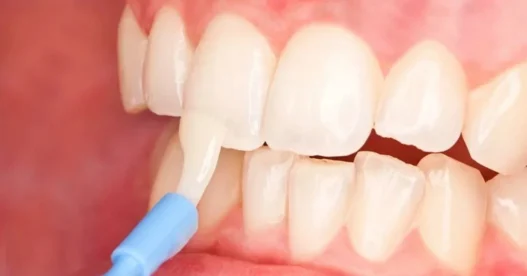You care about your health. Dental treatments can protect your teeth and gums. Before your next fluoride varnish treatment, you should ask the right questions. This will help you understand the process and feel secure in your choice. A Mississauga general dentist can apply fluoride varnish. It strengthens your tooth enamel and reduces cavities. But, not everyone may need it. Asking the right questions can help you decide what’s best for your oral health.
You might want to know about the benefits, possible side effects, and the frequency of treatments. Also, understand what the treatment involves and any alternatives. Informed decisions lead to better outcomes. You deserve to feel confident and secure about your dental care. As you prepare for your next appointment, use these questions to guide your conversation with your dentist.
1. What Are the Benefits of Fluoride Varnish?
Fluoride varnish offers significant benefits. It hardens the enamel, making teeth more resistant to decay. This simple treatment can be especially beneficial if you are at higher risk for cavities. According to the Centers for Disease Control and Prevention (CDC), fluoride varnish is an effective measure in preventing dental caries. Understanding these benefits can help you appreciate how this treatment supports your long-term dental health.
2. Are There Any Side Effects?
While fluoride varnish is generally safe, it’s wise to ask about potential side effects. Some individuals might experience temporary changes in taste or feel a slight stickiness on their teeth immediately after application. Severe reactions are rare. Discuss any concerns or past reactions with your dentist to put your mind at ease.
3. How Often Should I Get This Treatment?
Frequency depends on your specific dental needs. Most people benefit from fluoride varnish treatments two to four times a year. Your dentist can recommend what is suitable for you based on your dental health and history. Regular assessments are key to maintaining your oral hygiene effectively.
4. What Does the Treatment Involve?
Understanding the process helps calm any nerves. The treatment involves applying a small amount of fluoride varnish to the surface of your teeth using a soft brush. It is quick and painless. You should avoid eating or drinking for a short while afterward to allow the varnish to take full effect.
5. Are There Alternatives to Fluoride Varnish?
While fluoride varnish is effective, you might consider alternatives depending on your needs. Options include fluoride gels, mouth rinses, or prescription-strength toothpaste. Discuss with your dentist to determine the best approach for your situation. A tailored solution will suit your unique dental profile.
6. Is Fluoride Varnish Suitable for Everyone?
Most individuals benefit, but certain conditions might impact suitability. Patients with specific health concerns or allergies should discuss these with their dentist. Children, adults, and seniors can all benefit from fluoride varnish, but the approach may vary. Consultation ensures treatment aligns with your health requirements.
Comparison of Fluoride Treatments
| Type | Application | Frequency | Best For |
|---|---|---|---|
| Varnish | In-office | 2-4 times a year | Children and high-risk adults |
| Gels | At-home or in-office | As directed | Moderate risk adults |
| Mouth Rinses | At-home | Daily or weekly | General prevention |
| Prescription Toothpaste | At-home | Daily | High-risk individuals |
Consulting with your dentist ensures you receive personalized advice. The National Institute of Dental and Craniofacial Research provides further resources on maintaining oral health. Using these questions will help you receive the care and peace of mind you deserve. Your oral health is important. Taking proactive steps today leads to a healthier tomorrow.




